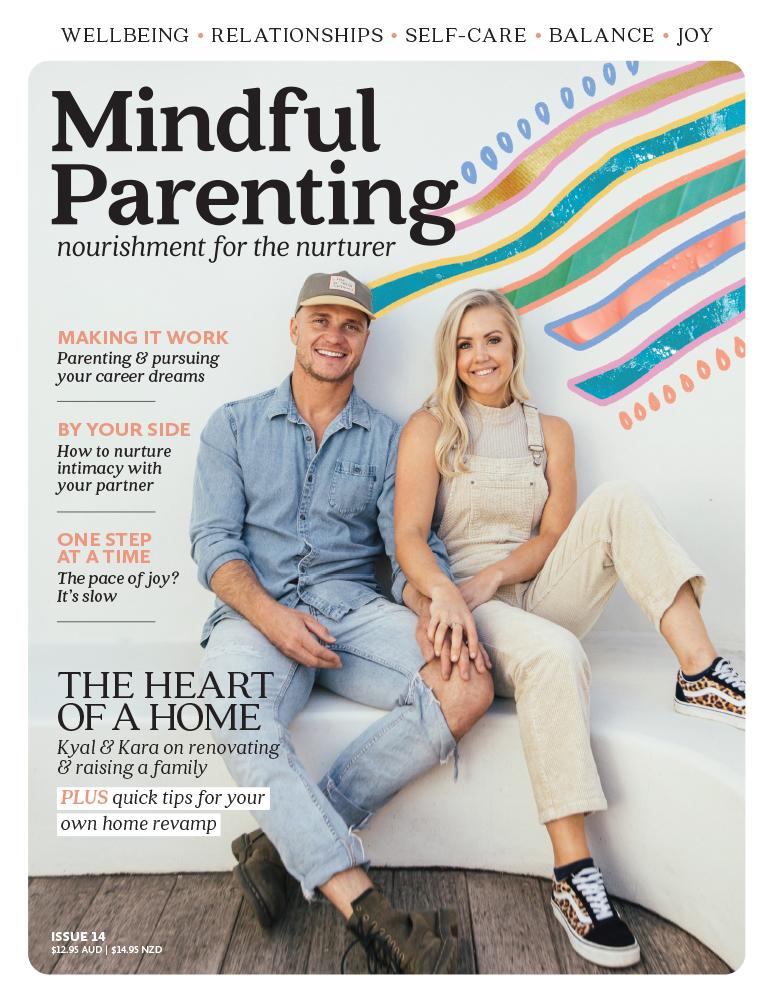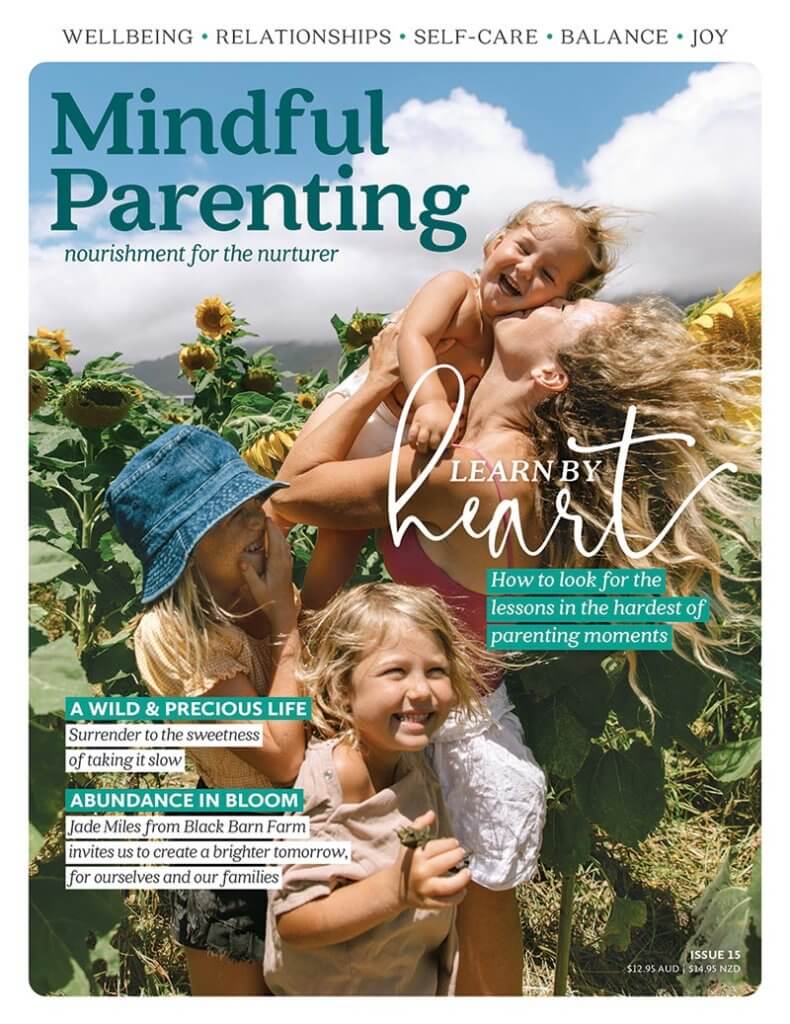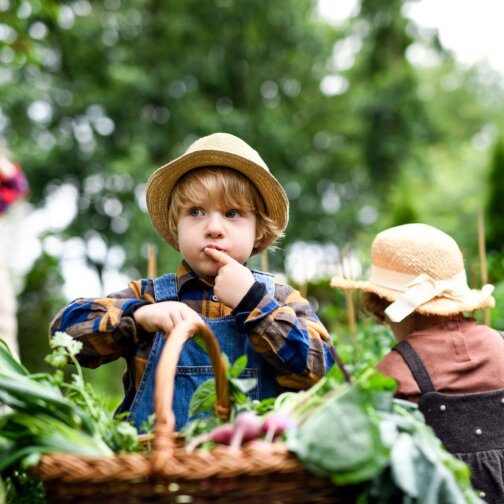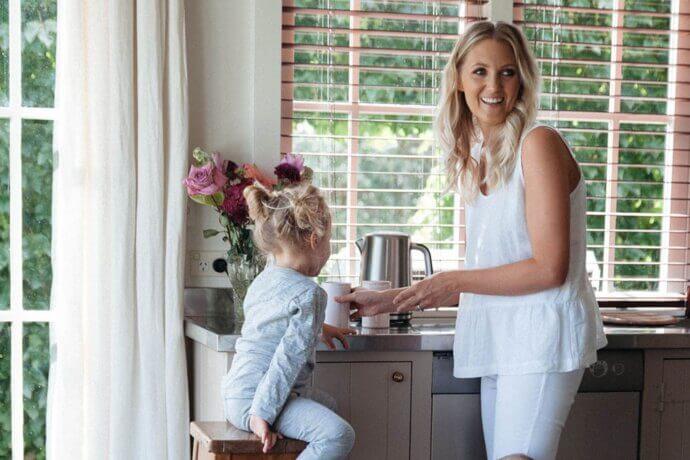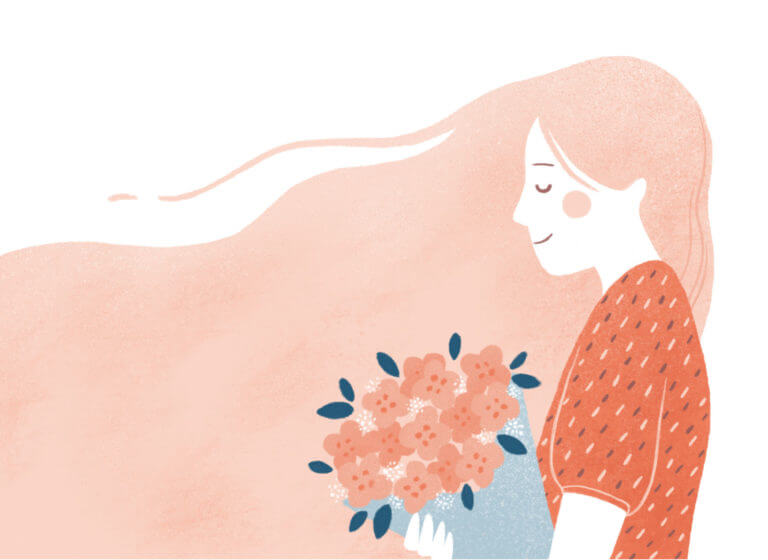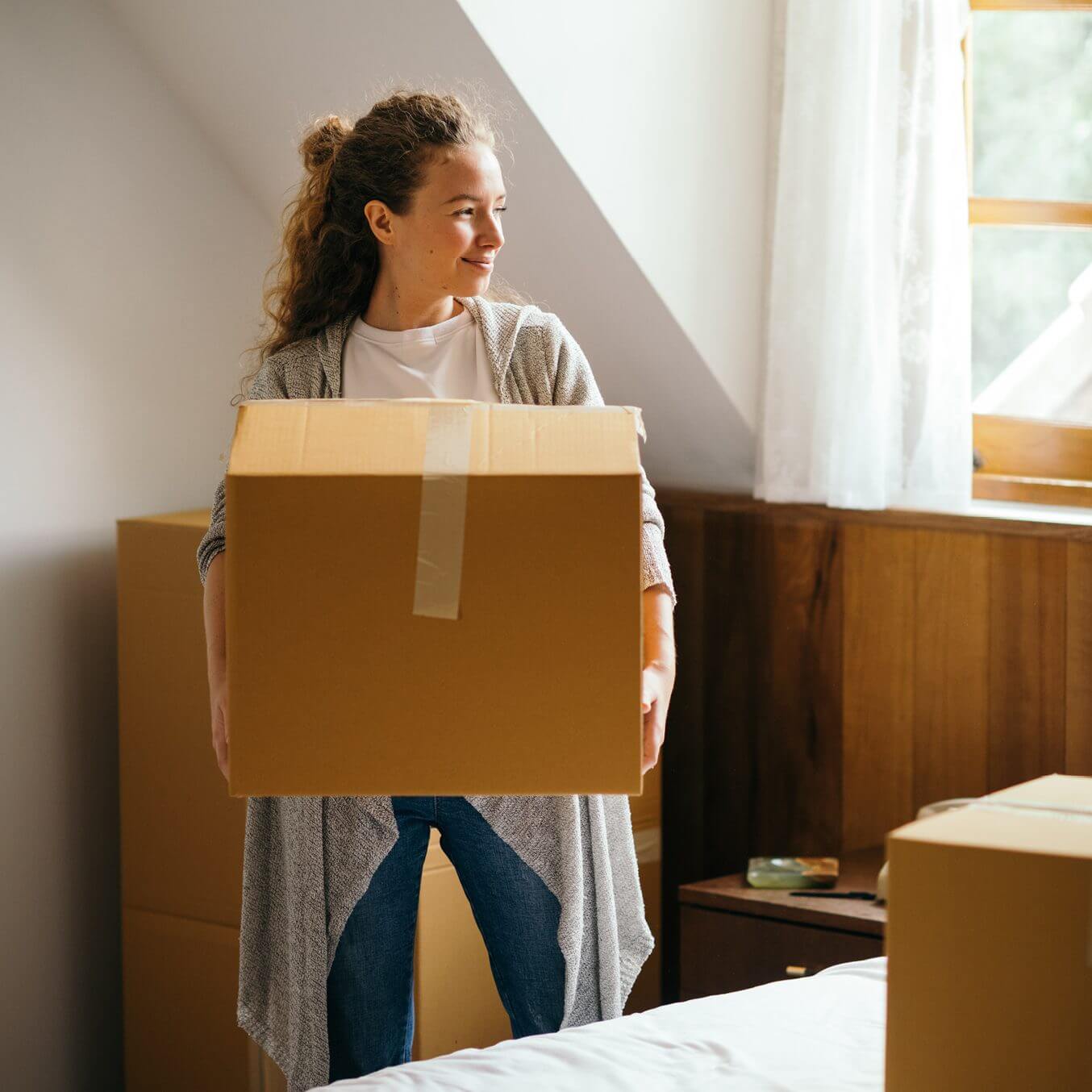
How to lay down roots with intention and gratitude.
During what could be the heaviest downpour Hobart had ever seen, I sat with my daughter, her little sister kicking away in my belly, and watched the removalists load the last of our boxes onto the truck. Exhausted from days of frantically packing up our house to move back to Queensland, you think I would have this whole moving thing down pat – with this being my 34th move and all. As we loaded up the car with the last of our possessions, I remember feeling relieved that this would be our last move. Little did I know, we would move another three times. Just for good measure.
You see nomad-ism is a hard habit to break, and having lived in 37 houses/units/townhouses across four states and two countries in my 35 years, I can honestly say: I. Am. Over. It.
Now, given that almost half the Australian population has moved house during the past five years (nearly twice the global average!), I’d say I’m not alone in wanting to put the tape gun away once and for all.
So, what is the reasoning behind this prevalence in itinerant living? Well, statistically this varies from generation to generation, from the ‘Ten Pound Poms’ who migrated to Australia under the Assisted Passage Scheme after the Second World War, to the Baby Boomers, of whom almost two-thirds moved their families with the desire for a bigger/better house. So, with millennials is it simply a case of wanderer genes?
According to Donna Cameron, Melbourne-based registered psychologist, author of Managing Your Stress Cup and mother of three, moving can be much more than seeking a bigger house.
“I meet a lot of people chasing a fresh start, especially women. Often the need to move is due to relationship breakdowns, trauma, or tragedy; it can get to a point where rooms within the home can become an emotional trigger and they feel the need to escape rather than deal with their feelings. Over time and done often enough, moving can become an avoidance strategy,” explains Donna.
More recently, there has been new reason for packing up – lifestyle. No longer waiting for retirement, people are seeking a change from the hustle and bustle of the cities and are moving to coastal, regional, and rural towns and communities.
“The ease now of working from home is making it more possible for a lifestyle move; we’re finding people are relocating based on lifestyle preferences, not work choices. People are always drawn to live in communities near where they would like to holiday, such as the coasts, and now without the need to commute to the city, they can,” explains Jessica Reynolds, qualified town planner and host of the Creating Australia podcast.
Now having finally sown roots in a beautiful coastal town in Brisbane with my husband and our two girls, I understand the sense of peace one feels staying in a place long enough to watch the grass grow. There is contentment in knowing I’ll raise my family in this house, watch on as our community changes over time as I do, and then long after I’m gone, know my girls will always have a place they can call home.
Mindfully setting down roots
Be mindful of your environment
While a small population can make for a tight-knit community, a family-friendly suburb or street can also make for the perfect home.
“My parents immigrated from Mumbai, India, as they wanted to give us a better life, so they left everything they knew behind to do so,” recalls Brianna Craigie, mother of two and accredited exercise physiologist.
Brianna moved often throughout her youth, until deciding to find the perfect location to establish roots. “When we started a family, we wanted somewhere we could permanently call home, that had everything we needed nearby. Our new home has parks in every direction, a beautiful lake and plenty of other families around. I can really see my children growing up in a safe place with their friends close by. We honestly cannot love the house or the area more, and we know this is where we’ll be until retirement,” says Brianna.
Connect with your community
In communities, people get involved and support each other. Try connecting with your fellow residents by stepping out of your comfort zone: meet your neighbours, join a yoga class, sign up for the library, support your local markets, and learn the history of your area. By getting actively involved and interested in your community you’ll begin to feel part of it.
Become conscious of your reasons
Donna explains that often those who lean towards nomad-ism may not have learned positive coping strategies to deal with stresses and traumas in their life. “It’s a real internal battle and often people get too scared to stop to do the therapy and work. It’s emotionally easier to escape with a move, than it is to stay and deal with the situation.”
So, how do you know if you’re looking to sow roots or simply fleeing the scene? Donna says: “Ask yourself, ‘What is the point of this move?’ If it’s genuinely an exciting opportunity for you and your family, then that’s fantastic, go for it!”
Practise gratitude and contentment
Is the grass always greener on the other side of the fence? Often our reason for moving is we think somewhere else will be bigger, better, and more suitable. By finding contentment each day in the things you enjoy about where you live and being grateful for your community, you can begin to appreciate the benefits of calling somewhere home.
